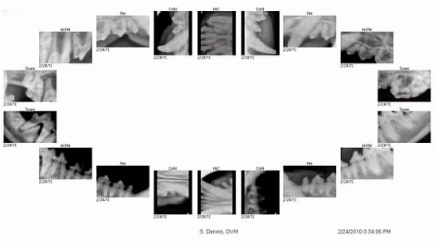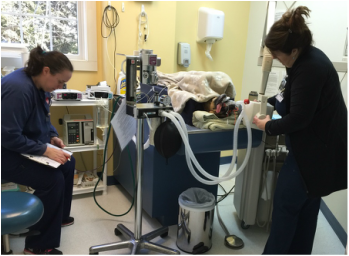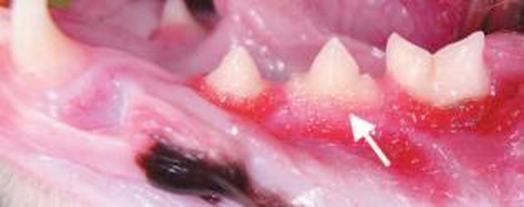Dental Services |
|
Stratham-Newfields Veterinary Hospital offers the most advanced tools available to a veterinary dentist, including Digital Dental Radiographs.
SNVH uses the same technology modern human dentists use for superior imaging and diagnostics. Periodontal Disease is one of the most prevalent problems seen by veterinarians and can have a serious impact on the quality of life and health of our pets. |
Dental Radiographs are the cornerstone of quality veterinary dentistry, yet only 10-15% of veterinary practitioners are using this valuable diagnostic tool. Not only does SNVH utilize dental radiography for identifying periodontal disease, SNVH has been using digital dental radiography for its dental imaging since 2006. Digital dental radiography is the same technology that modern human dentists use for superior imaging and diagnostics.
|
Did You Know?Studies have demonstrated a clear statistical link between gum disease and heart disease in dogs.
|
Symptoms of Poor Oral Health
|
Loss of appetite or difficulty eating and chewing food are rarely seen.
|
|
Fortunately, most periodontal disease can be prevented by daily plaque removal and regular professional care. Stratham-Newfields Veterinary Hospital offers a number of treatments ranging from routine dental cleaning to more complex procedures for your pets. The cost of these services varies based on size of the pet and the amount of time needed to properly clean and treat the teeth. We follow American Animal Hospital Association (AAHA) guidelines for proper dental/periodontal treatment and care. Please read below to learn what is included in OUR safe and healthy dental cleanings.
|
Your Pet's Safe and Healthy Dental Cleaning at SNVH
Prevention of dental disease should be included as part of your pet's overall preventive medicine program, just like vaccinations.
As with any other routine, it's best to begin a dental care program when pets are young puppies or kittens.
As with any other routine, it's best to begin a dental care program when pets are young puppies or kittens.
Here is part of how SNVH goes the extra distance for our patients:
|
|
|





